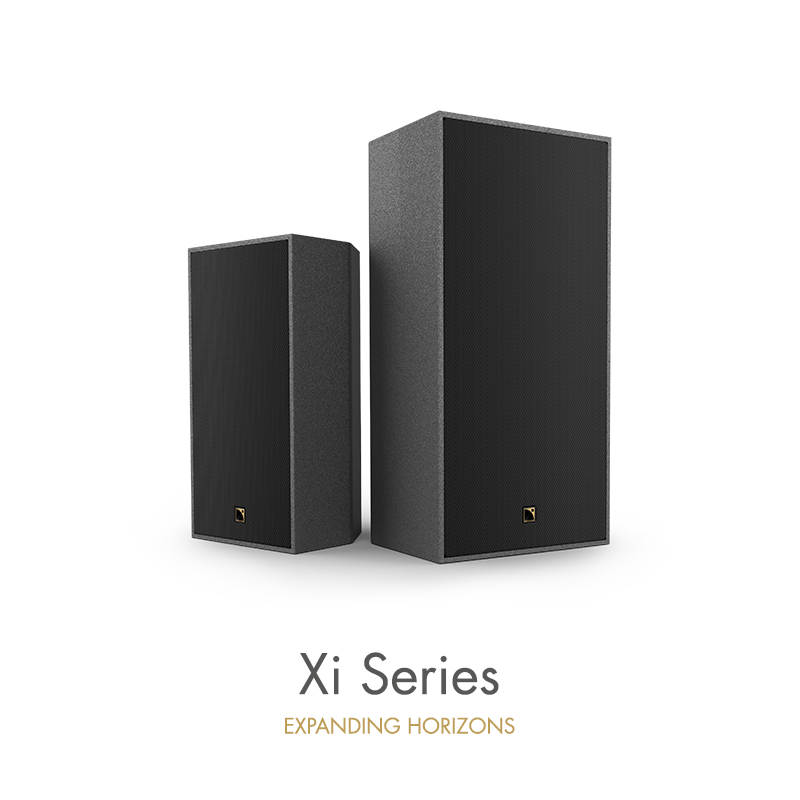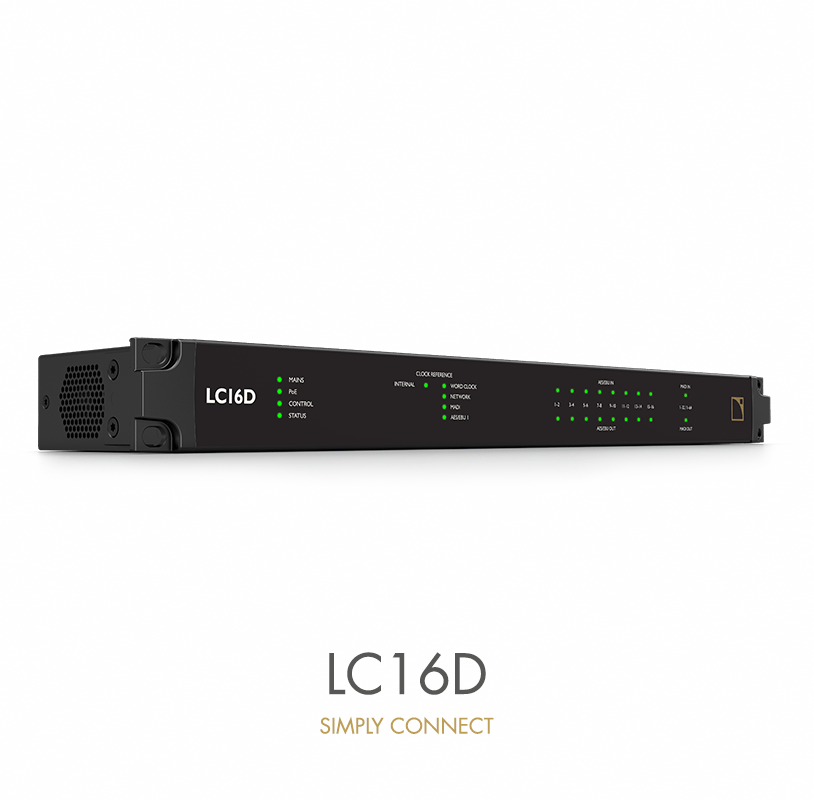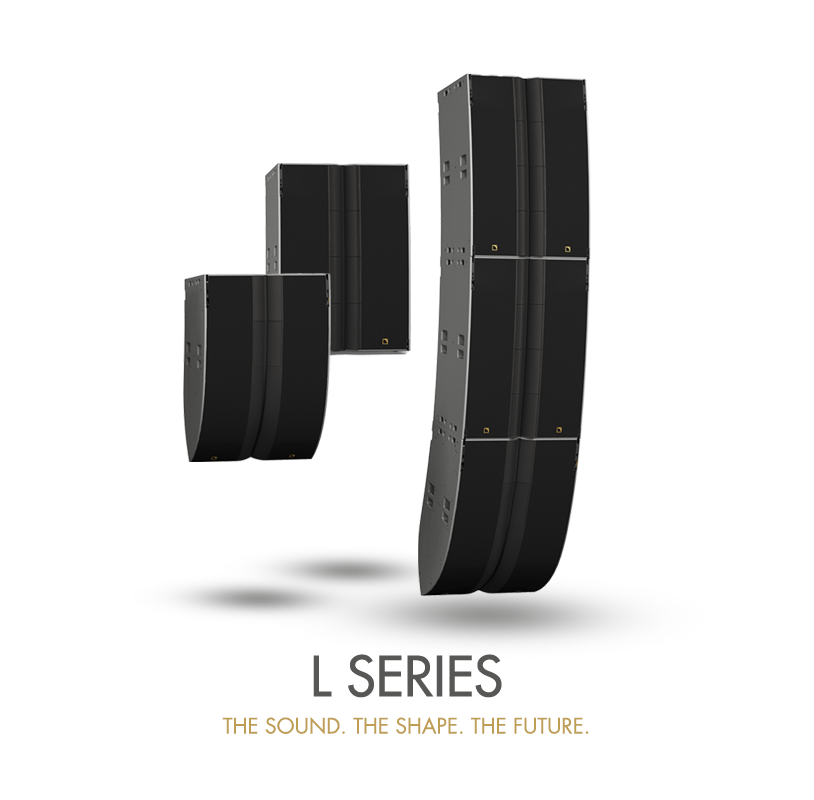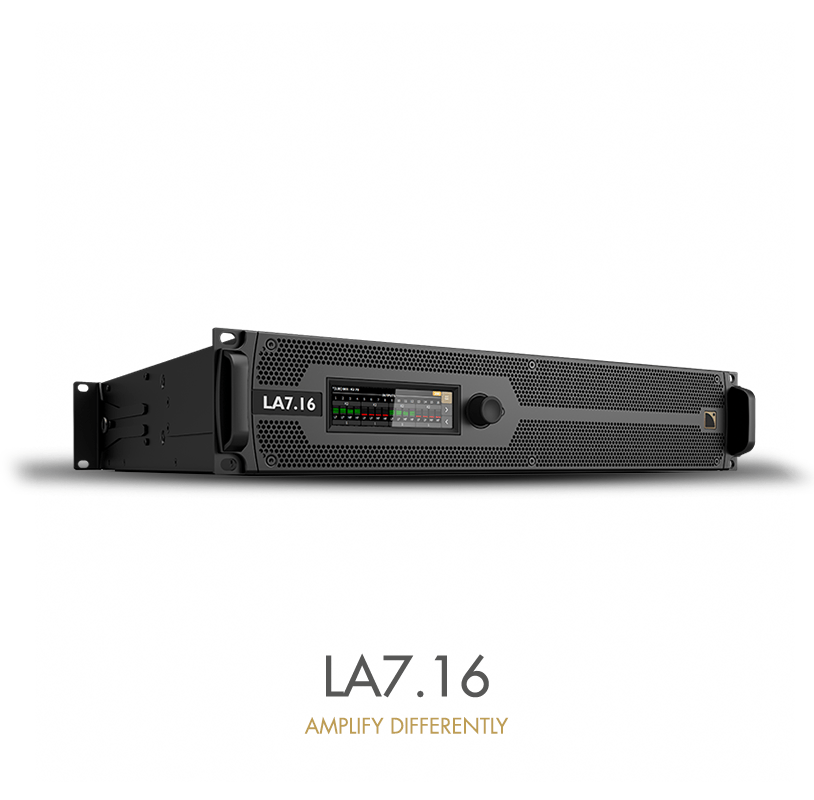We shape the Future of Sound
Featured Products

Xi Series
eXpanding horizons
Expands the concert sound to any space
LC16D
Simply Connect
Simply connect and seamlessly interface legacy audio formats with a redundant Milan-AVB network


L Series
The Sound. The Shape. The Future.
Unprecedented power density, flying faster in a lighter and smaller shape.
LA7.16
Amplify Differently
Revolutionary multi-channel amplifier for
any touring or special event project.

Events

InfoComm 2024
Trade show
United States
L-Acoustics
June 12, 2024
- June 14, 2024

PLASA Show 2024
Trade show
United Kingdom
L-Acoustics
September 1, 2024
- September 3, 2024

CEDIA Expo 2024
Trade show
United States
L-Acoustics
September 5, 2024
- September 7, 2024




